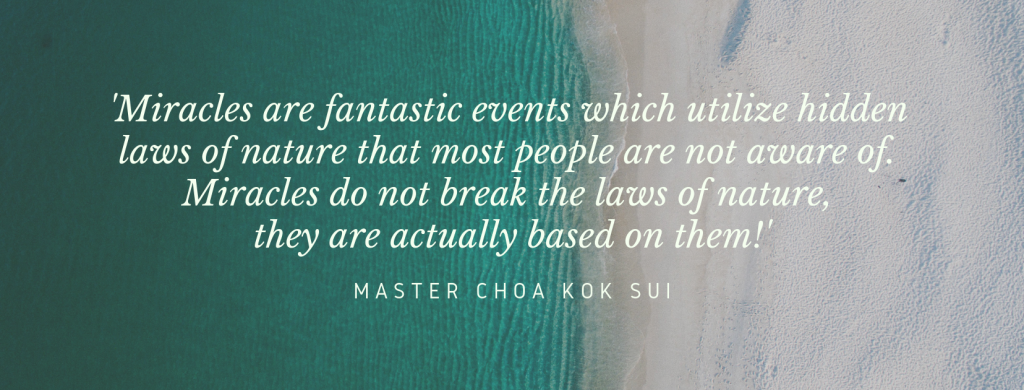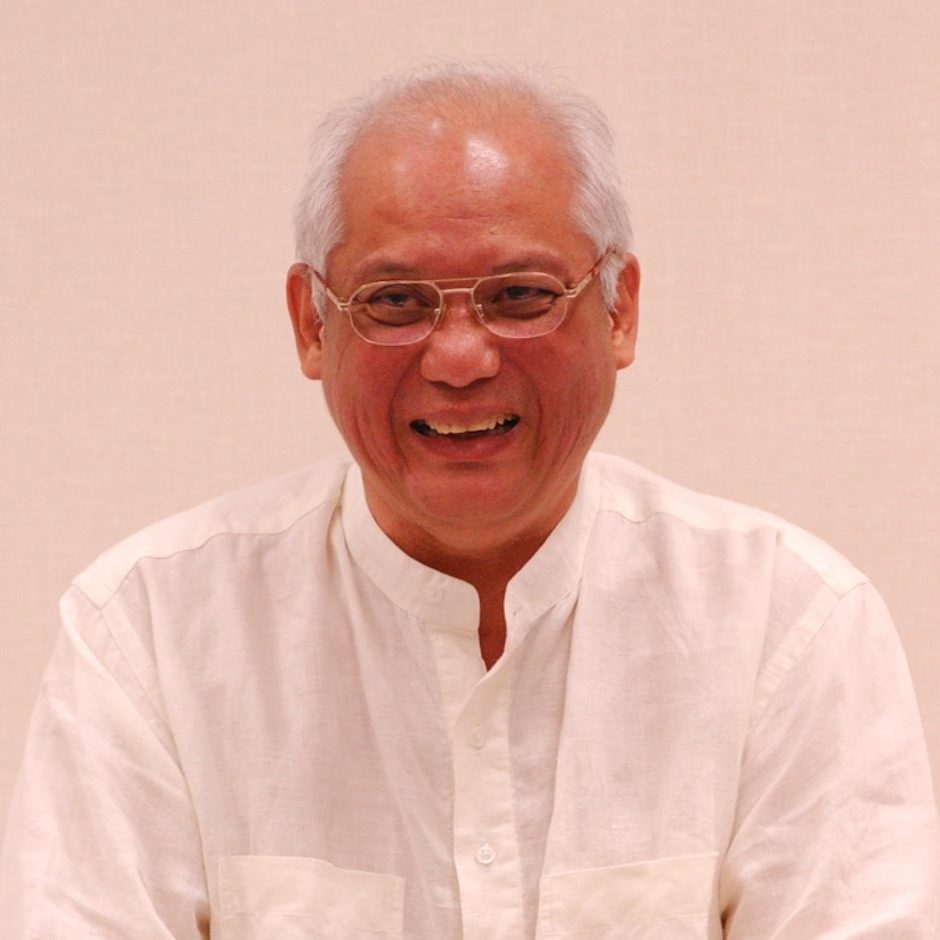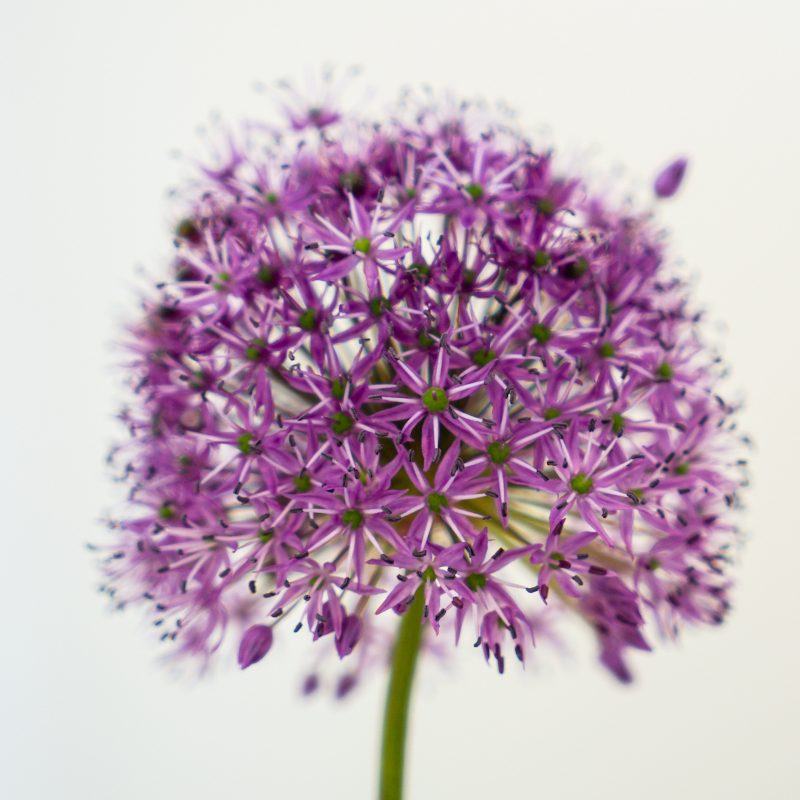
We love science and we love Pranic Healing. Often people wonder how those two can be combined.
That’s easy, Pranic Healing is a science (and art)! The founder was a scientist himself and studied, experimented and tested this method for more than 30 years. He promotes a critical thinking process and that no one should believe things blindly, or disbelief things blindly. The latter is important too. So let’s have a look at what Pranic Healing is and what scientific articles are available at the moment. When you search for ‘Pranic Healing’ on Pubmed, you get 16 results (on the 16th of June 2024). This shows that it is still a young science. When you search Pubmed for ‘acupuncture’, there are 45,089 results.
Even though Pranic Healing is a young science, it is based on principles that are timeless and have been known to men for centuries.
Pranic Healing is an ancient science and art of healing in which life energy is used to heal the entire body (1). This energetic treatment method and lifestyle has spread worldwide. The founder, Grand Master Choa Kok Sui, was a scientist (chemical engineer), a businessman and interested in energy, spirituality and yoga from his teenage years. He spent 30 years studying life energy – called “prana” in Sanskrit – and various ancient Eastern healing methods. In the creation of Pranic Healing, there was extensive experimentation on which techniques are successful, how they can be applied to promote health and when the best results are achieved.
In this article, we will discuss what Pranic Healing is and the findings of scientific studies of this healing system.
Pranic Healing
In his laboratory studies (2001, 2006) (2,3) on the mediation effect of Pranic Healing on human cells in culture irradiated with gamma rays, Professor Joie P. Jones describes Pranic Healing as follows: ‘it is a so-called biofield therapy that originated thousands of years ago in China and was recently rediscovered and reformulated by Master Mei Ling (6th century) and Master Choa Kok Sui (20th century).
It is a particular type of energetic medicine in which the practitioner believes that he/she can make use of “prana” or “chi,” the “universal force” or “life energy” and use this “energy” to improve or promote health.
Pranic Healing is based on two basic principles or laws of nature (1), namely:
The principle of life energy
Prana, chi, ki, ruah, pneuma are all synonyms for the same principle, which is life energy. Life energy is recognized in many traditions (4) as an invisible, subtle aspect of physical reality, present in nature and used by plants, animals and humans, among others (5). We need prana to live, it permeates our material, tangible physical body and flows through and around our body as an essential source of life and energy (1).
The principle of self-recovery
The body has a mechanism, a self-healing ability to, in the event of imbalances, miraculously restore balance, thus healing the body. We notice this when we have a cold, for example. On average, a cold lasts a few days to a few weeks and then we have recovered from it, even without an external intervention, such as medication or herbal therapy. With a cut, it is common, depending on the depth and type of wound, for it to stop bleeding by itself and heal with some time. Again, in a wound that does not require stitches, external intervention is not necessary for skin repair. This proves that there is such a thing as a self-healing or self-recovery ability within the body.
For self-healing to be possible, a balance of life energy is needed and an optimal flow of this prana. Energetic therapies focus on promoting this flow of life energy in order to restore its balance and thus stimulate the body’s self-healing ability. This allows, in the right circumstances, the body to recover faster than it would without energetic treatment. Pranic Healing is thus an addition to any other therapy (from regular medicine to massage and psychotherapy) and not a replacement, since the treatment is essentially focused on another aspect of the human being, namely the energetic body.
Anatomy and physiology of the energy body
According to Master Choa Kok Sui (1), there are two aspects of the physical body:
- The visible, tangible, material body.
- The invisible, bioplasmic, energy body.
The latter aspect, the energy body, is not yet recognized in allopathic biomedicine (4) but has been recognized for centuries in Eastern traditions, esoteric studies and therapies such as acupuncture, reiki and medical Chi Kung, among others.
The energy body consists of multiple layers, it has so-called energy centers also called chakras and contains energy pathways or meridians or nadis (1). This subtle body with multiple layers contains prana which is absorbed by the energy centers, distributed through the energy pathways and expelled again through the chakras. Blockages in the energy pathways cause imbalance and this leads to physical, emotional and/or mental disease.
Pranic Healing, like other healing modalities, focuses on restoring balance to the energy body, which has a healing effect on the physical body.
Science and Pranic Healing
In 2008, the World Health Organization Congress on Traditional Medicine adopted the “Beijing Declaration” calling on member states to integrate traditional and so-called alternative medicine into national health systems (7).
Western science is also increasingly beginning to take an interest and deepen its understanding of the existence of the bioplasmic body or energy body and the therapeutic potential of the knowledge and application of subtle energy (6). Gronowicz et al. (2015) write, “More than a half-century of preclinical research into the efficacy of human biofield modalities has effectively demonstrated significant results, but there remains great reluctance on the part of conventional biology and medicine to embrace biofield research. The authors believe this is because the paradigmatic assumptions of conventional biology and medicine are often at odds with some aspects of biofield research. They say it has nothing to do with the researchers’ ability to meet acceptable scientific standards.
In 2012, Jauregui et al. (7) examined the documented use and perceived benefits of Pranic Healing among clients (n=179). The purpose of this exploratory study was to identify client expectations and demographics, reasons for using Pranic Healing, sensations during treatments, and perceived outcomes. The results show that individuals receiving Pranic Healing treatments fit the sociodemographic profile ‘CAM (Complementary and Alternative Medicine) users’ (a profile used in the US), that the reasons for use vary and are not homogeneous, and that respondents experience positive outcomes that they attribute to this healing modality.
Another scientific study involves a ‘case study’ of the effect of Pranic Healing in a breast cancer patient (8). Tsuchiya & Motoyama (2009) made measurements of the changes in skin conductance (electrodermal) at specific acupuncture points during four different Pranic Healing treatments. ‘AMI’ (Apparatus for Meridian Identification) parameters were used to chart this. ‘The AMI performs electrodermal measurement at specific acupuncture points called “Jing-Well points” (called “Sei-points” in Japanese) which are located at the base of fingers and toe nails. They are said to be special in that they are the terminal points of meridian channels at which the “Qi” energy exits or enters the channels. They found significant changes in the flow direction of the energy and the amount of energy related to the intention of the Pranic Healer. This study shows that manipulation or modification of subtle energy is possible through this “non-touch” energy healing.
A final example of scientific research on Pranic Healing is a single-blind control study of the effects of this healing method on musculoskeletal pain (9). Fifty clients who had chronic, non-malignant muscle pain for more than six months were randomized into two groups. Jain et al (1999) compared the immediate effect of Pranic Healing versus a placebo treatment in which involuntary hand movements were made. They concluded that when Pranic Healing was performed in a standardized protocol for 25 minutes by a trained Pranic Healer it was effective in reducing pain compared with 25 minutes of random hand movement, which wasn’t effective.
Scientific research on Pranic Healing is growing and in addition to the studies mentioned above, there are articles on how Pranic Healing helps with psychological conditions such as depression (10) and how acupuncture and Pranic Healing complement each other (11).

Literature
- Choa Kok Sui, M. (1987). Miracles through Pranic healing (4th ed.)
- Joie P. Jones (2006). An Extensive Laboratory Study of Pranic Healing Using Contemporary Medical Imaging and Laboratory Methods. Professor of Radiological Sciences University of California, Irvine. Invited Presentation for the Seventh World Pranic Healers’ Convention Mumbai, India, May 12-14, 2006
- Joie P. Jones (2001). Neurophysiological Measurements of Pranic Healing Using Functional Magnetic Resonance Imaging (fMRI). Department of Radiological Sciences University of California Irvine
- Levin, J. (2008). Esoteric healing traditions: a conceptual overview. Explore, 4: 101-112, © Elsevier Inc. 2008
- Jois SN, D’Souza L, Rajini A, et al. (2017). Psychological and bioplasmic states of adolescents upon viewing air and ground prana. Indian J Tradit Know 2017; 16, S30–S34
- Gronowicz G, Bengston W & Yount G (2015). Challenges for preclinical investigations of Human Biofield modalities. Global Adv Health Med. 2015; 4(suppl): 52-57
- Jauregui M, Schuster TL, Clark MD, & Jones JP (2012). Pranic Healing: Documenting Use, Expectations, and Perceived Benefits of a Little-Known Therapy in the United States. Journal of Scientific Exploration, Vol. 26, No. 3, pp. 569–588, 2012
- Tsuchiya, K., & Motoyama, H. (2009). Study of the body’s energy changes in non-touch energy healing 1: Pranic healing protocol applied for a breast cancer subject. Subtle Energies and Energy Medicine Journal, 20: 15–29
- Jain, A., Nagarathna, R., Nagendra, H. R. & Shirley Telles (1999). Effect of ‘pranic’ healing in chronic musculoskeletal pain – a single blind control study. Vivekananda Kendra Yoga Research Foundation, Bangalore, India
- Rajagopal R, Jois SN, Majgi SM, Kumar MNA & Shashidhar HB (2018). Amelioration of mild and moderate depression through Pranic Healing as adjuvant therapy: randomised double-blind controlled trial. Australasian Psychiatry 2018, Vol 26(1): 82 –87
- Calva JJ, Mendoza GJ & Shu Wang MD (2017). Integrating the Zen Fu Organs of Traditional Chinese Medicine with the Chakras of Pranic Healing. The Journal of Acupuncture and Oriental Medicine 2017, Vol 4 (2)
For a detailed description of the anatomy and physiology of the energy body and chakras, consult the books “Miracles through Pranic Healing,” “Advanced Pranic Healing,” “Pranic Psychotherapy” and “The Chakras and their Functions” by Master Choa Kok Sui.





